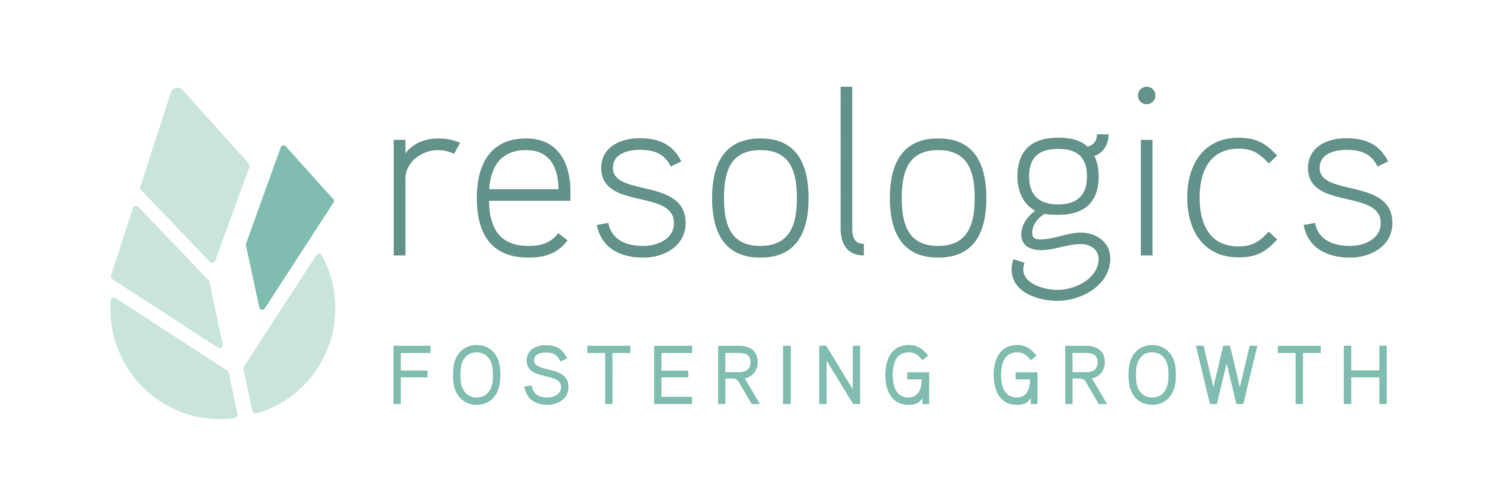Ghouls No More: Why Workplace Bullying Needs More Than Just Mediation
/By Mark Batson Baril Mediator | Team Coach | Conflict Guide | Founder, Resologics
Let’s talk about that ghost in the office. You know the one. The high performer everyone avoids. The one who leaves a trail of tension, fear, and exit interviews. Too valuable to lose, too toxic to ignore. It’s time we stop calling them "difficult personalities" or chalking it up to "just their style." Let’s call them what they are: abrasive workers. And let’s get clear—what they need isn’t another communication training. They need an intervention.
The Cost of Looking Away
(1)Research shows that workplace bullying costs organizations dearly:
66% of people report performance decline
78% say their commitment to the organization drops
12% leave entirely
When managers do nothing, they lose credibility. Employees interpret inaction as complicity. The message: “Bad behavior is okay if you bring in enough revenue.”
Two Broken Systems That Keep the Cycle Alive
At the heart of persistent abrasive behavior lie two broken systems.
System 1: The Organizational System
This is the structure and culture around the abrasive worker. Managers are often trained to track metrics—sales numbers, deliverables, deadlines—but not conduct. Conflict gets labeled a “personality clash” and swept aside.
The result? The high performer is protected, while others suffer or leave. Morale erodes. Turnover spikes. Leadership credibility tanks.
System 2: The Human System (The Abrasive Worker’s Inner World)
This system is personal and psychological. Abrasive individuals often lack emotional awareness and don’t understand their impact. They’re not always malicious—often they’re anxious, defensive, or unaware.
Trying to fix one system without the other is a recipe for failure.
The Broken Pipe Metaphor
Trying to solve abrasive behavior with a mediation or a one-off training is like slapping a Band-Aid on a busted pipe. Sure, it might stop the drip for a moment—but pressure keeps building underneath. Eventually, the pipe bursts. Everyone around gets soaked.
Good conflict resolution isn’t about quick fixes. It’s about permanent repairs. Diagnosing the system, understanding pressure points, and doing the courageous work of fixing the plumbing—not patching the leak.
Why Traditional Fixes Fail
We’ve tried:
Communication workshops
Mediation sessions
Facilitated team meetings
Coaching both parties
Avoiding the problem until retirement
These don’t address the real dysfunction.
The Fix That Works
Diagnose the system: Confirm behavior patterns through multiple data sources.
Empower management: Teach the difference between performance and conduct.
Coach the abrasive worker: 82% of abrasive leaders can change—but only with firm intervention and support.
What Courage Looks Like
Intervening isn’t punitive—it’s compassionate. You're giving someone the tools to grow. But if they can’t or won’t change, leadership must be ready to act. Because here's the truth: You can't build a people-first culture by excusing people-last behavior.
Final Thought
HR professionals, team leads, and managers—you’re the guardians of workplace safety and sanity. It’s not just your right to act. It’s your responsibility.
If your Spidey Sense is tingling? Listen to it. That’s the call to start fixing what’s broken—for everyone’s sake.
Need support diagnosing your workplace conflict? Reach out. www.resologics.com | mark@resologics.com or go directly to the industry’s diagnostic tool, https://s.abrasiveleaderdiagnostic.com/secure_public
(1) Pearson, C.M., & Porath, C.L. (2009). The Cost of Bad Behavior: How Incivility Is Damaging Your Business and What to do About It. New York: Portfolio/Penguin Group (USA).






















When we join a company, partnership or team, our expectation is that everyone involved will exhibit professional behavior toward us and each other. Instead, it’s highly possible that we may become one of the more than 60 million adults in the United States who are affected in some way by bullying behavior at work.
What kind of behaviors are we talking about? Our definition is any interpersonal behavior that causes emotional distress in others sufficient enough to impede their productivity or disrupt organizational functioning. It isn’t just a personality conflict — it’s a chronic pattern of disrespectful behavior.